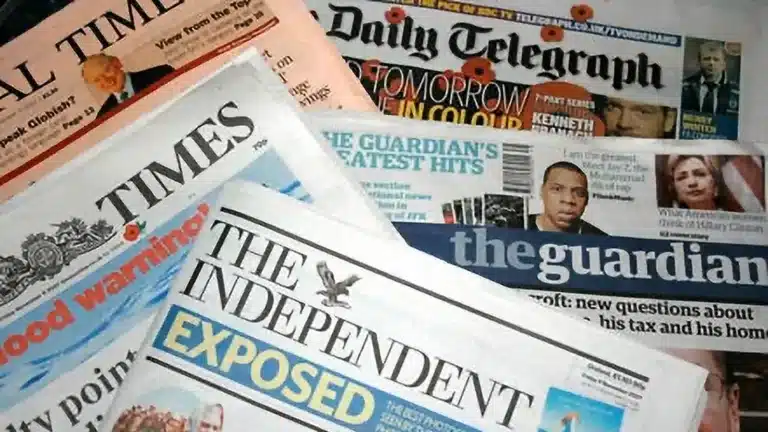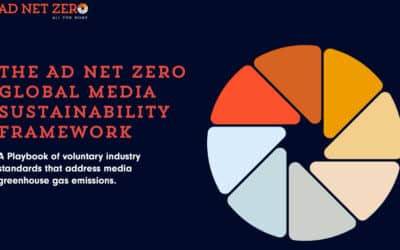A pair of apparently conflicting reports, both released today, suggest that print publishing is either on its knees, or booming.
On the one hand, the latest Two Sides Trend Tracker 2025 survey, one of the print and paper industry’s largest and most comprehensive studies, revealed a consistent and resilient appreciation for print in everyday life, as well as a marked return for print since the dark days of the pandemic. 65% of European consumers told the survey they prefer printed books, recovering from 53% in 2021. Magazines in print were preferred by 48%, up from 35% in 2021 and printed product catalogues 33%, up from 21%.
On the other, the Alan Rusbridger-chaired Reuters Institute at Oxford University’s annual Digital News Report, looking at trends in the media industry worldwide, revealed that the proportion of UK residents getting their news from print has fallen from 59pc to just 12pc in the space of 12 years.
The Reuters report also found that the proportion of readers getting their news online remains steady at 73pc – but with just 10pc of people paying for online news in the UK – one of the lowest in the Western world compared to 42pc in Norway, 31pc in Sweden and 20pc in the USA, publishers are continuing to struggle to grow their digital subscription businesses.
READ MORE: Leeds agency boss smashes £42k fund raising target in honour of tragic daughter
There was also positive news for regional publishers in the Reuters report, with the level of trust in local newspapers at 51pc – higher than any national newspaper except the Financial Times on 57pc.
The proportion of UK residents getting their news from print has fallen from 59pc to just 12pc in the space of 12 years, a new report today reveals.
The Reuters Institute has today released its annual Digital News Report looking at trends in the media industry worldwide.
It reveals that since 2013, print audiences have declined from 59pc of the population to just 12pc, while TV audiences are also down from 79pc to 48pc.
The proportion getting their news online remains steady at 73pc – but with just 10pc of people paying for online news, publishers are continuing to struggle to grow their digital subscription businesses.
However there is more positive news for regional publishers with the report showing that the level of trust in local newspapers stands at 51pc – higher than any national newspaper except the Financial Times on 57pc.
Manchester’s very own Mill Media was singled out for special praise from Reuters: “Some of the most interesting new launch activity was in local news,” the report noted. “Mill Media, a digital-only local news provider which first launched in 2020, has now expanded to six English and Scottish cities, including London which lost its last remaining daily print newspaper, the Evening Standard, in September 2024.”
Overall, the BBC remains the most trusted source of news, with a 60pc trust rating while The Sun is the least trusted on 17pc.
Back with the Two Sides Trend Tracker, there was a notable tendency towards a preference for important documents to remain in print – 47% expressed a preference for medical leaflets and instructions on paper, while 58% believed students learn better from printed materials than digitally.
Intriguingly, 45% claimed they understand news better in print than online, while 49% said they are concerned about the loss of printed newspapers, in stark contrast to the 12% Reuters identified as actually getting their news from papers.
The reality probably lies somewhere in between, and it might be worth noting that the tracker was commissioned by two sides, a trade body for the paper industry, while Reuters is a research institute with a p-articularly strong focus on digital news. That’s not to suggest the conflicting reports weren’t entirely independent.
The Two Sides Tracker research was conducted by independent research company Toluna and includes national representative insights from 12,400 consumers from Europe (Austria, Belgium, Denmark, Finland, France, Germany, Italy, Norway, Sweden and the United Kingdom) as well as Argentina, Australia, Brazil, Canada, New Zealand, South Africa, the United
States, while the Reuters Institute report was based on an online survey of almost 100,000 people in 48 different news markets across the world.











